The 50 best birds in Africa (part 1)
Africa has tons of great birds to offer, from the reclusive Grey-necked Rockfowl, to the super-DIY Weavers, and the powerful and enigmatic Martial Eagle. But what qualifies a bird to be on a “best birds” list. In Susan Myer’s “ 50 best birds of Asia“, she focused on the birds that moved her in some way – beautiful, shy and crazy-looking creatures. In James’ “Top 10 from home” he decided that endemicity was key.
What I would like to do, is start with 10 of my favorite bird species from South Africa and then let you decide which species need to be in the top 50…
1. Bateleur
The Bateleur (Terathopius ecaudatus) is a stunningly beautiful eagle, with jet-black plumage, scarlet face, and a terracotta red back. In flight, it appears almost tail-less (hence, ecaudatus), but it is its unique gentle tipping of its wings as it glides over the savannas that immediately give it away. This is also the source of its name, as a Bateleur is, apparently, a tight-rope walker in French.
The lead photo of a Bateleur above is from ucumari, cc on flickr.
2. Livinstone’s Lourie
One of Africa’s 23 turaco species, Livingstone’s Lourie (aka Livingstone’s Turaco, Tauraco livingstonii) is a bird of coastal lowland forest from northern South Africa and up along the coast of Mozambique. They are large, about the size of a Black-headed Gull (as a completely inappropriate comparison).
Bright green plumage, dramatic scarlet flight feathers, a makeuped face and a pointy crest. What more could one want in a bird?
3. Cape Parrot
the Cape Parrot (Poicephalus robustus) was the first bird I really spent a lot of time looking at. It was my introduction in to ornithology and conservation biology and I learned a lot from my colleagues at the time, and from the birds themselves. I will forever be grateful to them for that. Thank you.
The Cape Parrot is endemic to the evergreen forests of eastern South Africa and the call of one of these flying over the canopy has thrilled many a keen birder and ornithologist. But – as with so many species in this world – habitat destruction is really playing a heavy toll on them.
4. White-starred Robin
The Starred Robin (Pogonocichla stellata) is a secretive little forest dweller which quickly one a place in my heart for the unexpected way one stumbles upon them. Quite, nothing about. Then suddenly, the most incredibly beautiful little fairy of a bird sitting up ahead. wow.
5. Drakensberg Rockjumper
The Drakensberg (aka Orange-breasted Rockjumper, Chaetops aurantius) and Cape Rockjumpers (Chaetops frenatus) are both passerines of rocky slopes, with the former being a much sought-after bird of the high-altitude Drakensberg mountains. While they seem rather thrush-like, evidently recent DNA evidence seems to put them closest to the Rockfowl. At any rate, the Rockjumpers are beautifully strange South African endemics and well deserve to be on this list.
6. Gurney’s and Cape Sugarbirds
I couldn’t decide here. I have a natural bias towards Gurney’s Sugarbird (Promerops gurneyi) because of all the time I spent looking at and trying to ring them, and they have a beautiful rusty breast; but on the other hand, the Cape Sugarbird (Promerops cafer) has a really cool tail. Both are southern African endemics.
7. Saddle-billed Stork
There are many great storks, but the Saddle-billed Stork (Ephippiorhynchus senegalensis) is the gaudiest that I know of. It is a widespread species, but rarely abundant, found throughout sub-Saharan Africa from South Africa to Ethiopia and Sudan.
8. Black-fronted Bush-shrike
The Black-fronted Bush-shrike (Telophorus nigrifrons) is a shy forest shrike of the far northern Drakensberg (Woodbush/Magoebaskloof area) and Zimbabwe highlands. It was always a challenge finding them, but the best way was usually to find a mixed-species bird party – oftentimes with a group of chattery Yellow-streaked Greenbuls (Phyllastrephus flavostriatus).
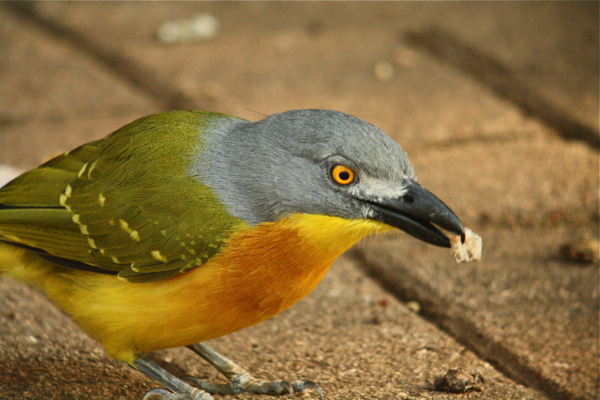
This is not a Black-fronted Bush-shrike, but a Grey-headed Bush-Shrike (Malaconotus blanchoti). The Black-fronted Bush Shrike is waaay better!
9. Pink-throated Twinspot
Think pink-spotted ball of fluff and you have a fair idea of what a Pink-throated Twinspot (Hypargos margaritatus) is. Delicately beautiful lines and spots make for an enchanting little spectacle of the rather unique Sand Forests and coastal scrub of north-eastern South Africa.
10. African Pygmy Kingfisher
I am going to claim this is Africa’s most beautiful kingfisher. Absolutely tiny and with a dizzyingly fast flight.
What birds do you think just have to be on this list? What are your best birds in Africa?
Happy birding,
Dale Forbes

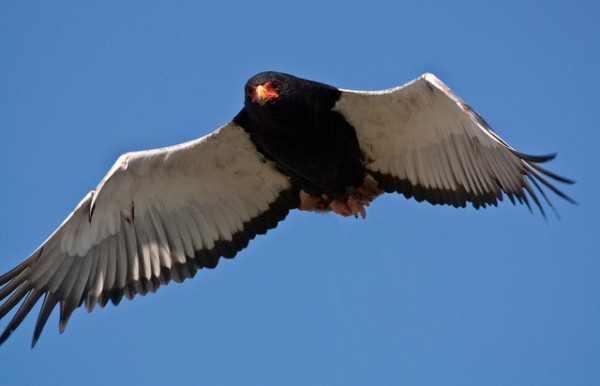
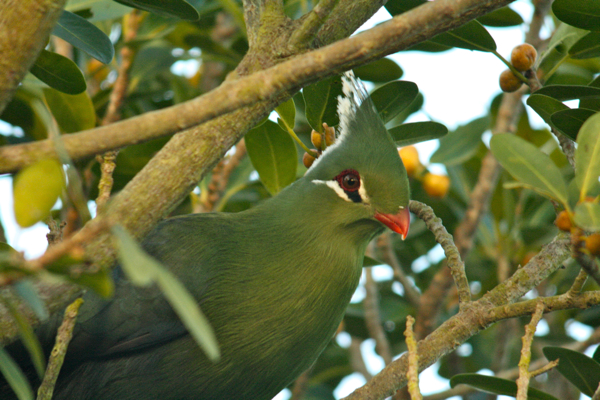
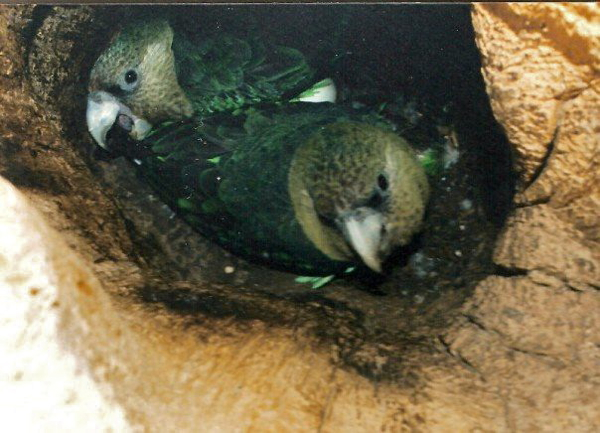
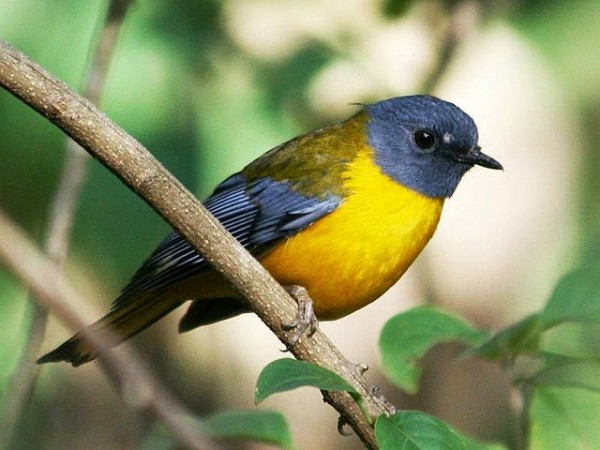
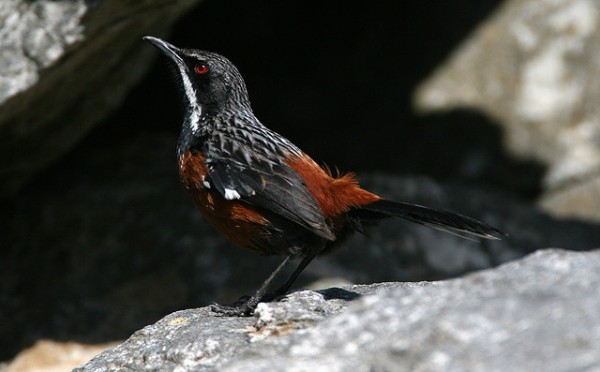
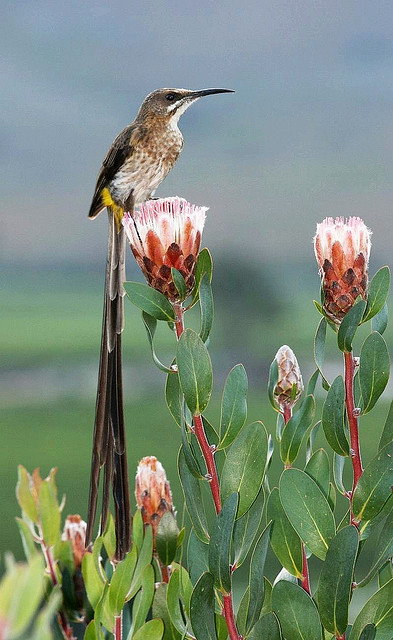
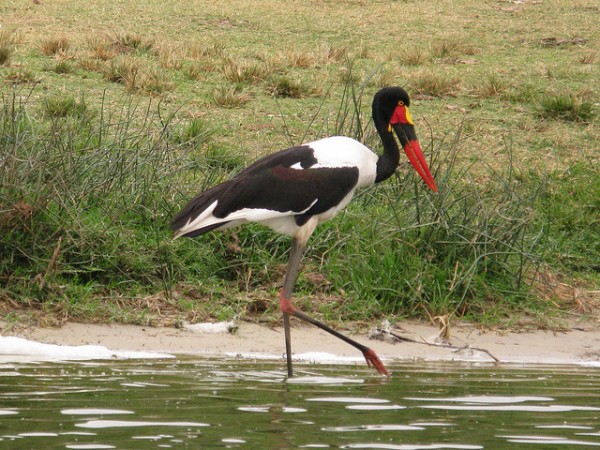
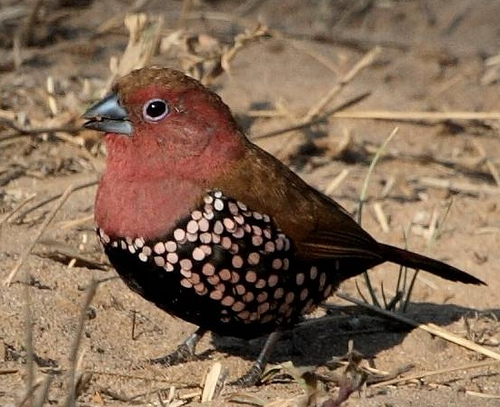
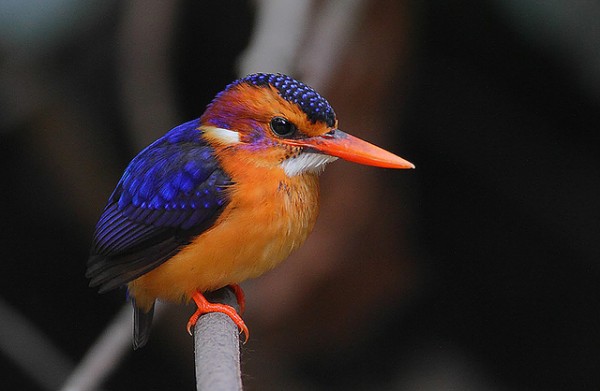
Great post Dale, And very sharable. Four iconic birds that should be among the top 50 for sure. Shoebiil, Ostrich, Crowned Crane and Marabu Stork. The last two obviously not uncommon,
…and Crowned Eagle
Nice article – and a good question. My contenders for the Top 50 African Birds (not so far mentioned) are Pel’s Fishing Owl, Secretary Bird, Southern Ground Hornbill, Carmine Bee-eater, Kori Bustard.
some nice ones there A-self. I’ll pencil them on the list.
Despite many a day staring up in to Sycamore Figs, I have always dipped on Pel’s. But one day I will get it; I feel it in my bones!
I love that Pink-throated Twinspot – it looks like it’s covered in sequins!
Iridescence combined with pink are just irresistible. I’m glad you included that kingfisher. Now I just have to figure out a way to go see one. In my spare time…
I’d love to show you one, come to visit
Is this still going? You’ve surely got to have a bee-eater in there, one of the Carmines would be my bet. And something like Red and yellow barbet – I blogged about them the other day at https://safari-ecology.blogspot.com. Secretarybird is pretty good too. For the absurd difficulty of seeing them, let’s have a spot-throat or similar forest dweller. ANd a hornbill? Got to have a proper sunbird too – maybe Golden-winged? Though I rather liked Orange-bellied too, when I took a visit that way. African Green Broadbill? Ohhh, I could easily fill your 50 with my favourites! And would you dare to include a cisticola? They’re so much part of birding here…
Red-throated bee eater, violet turaco. For sure. Great post.
For me it must be the Plum-coloured Starling. The colour is undescribable and ever changing isn’t it?